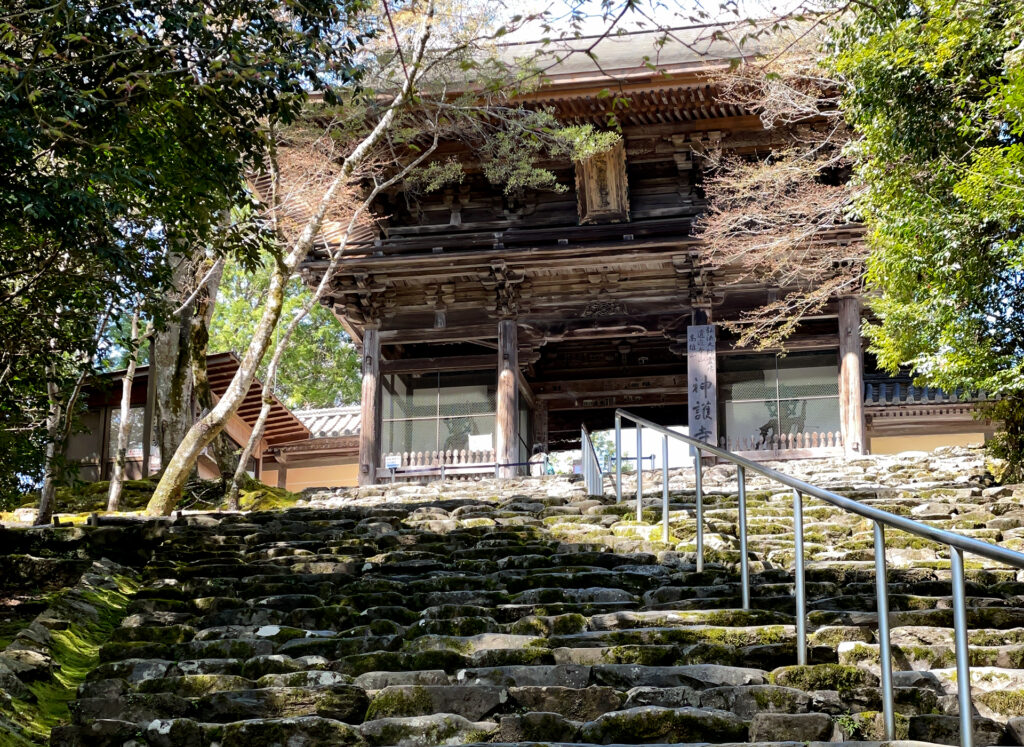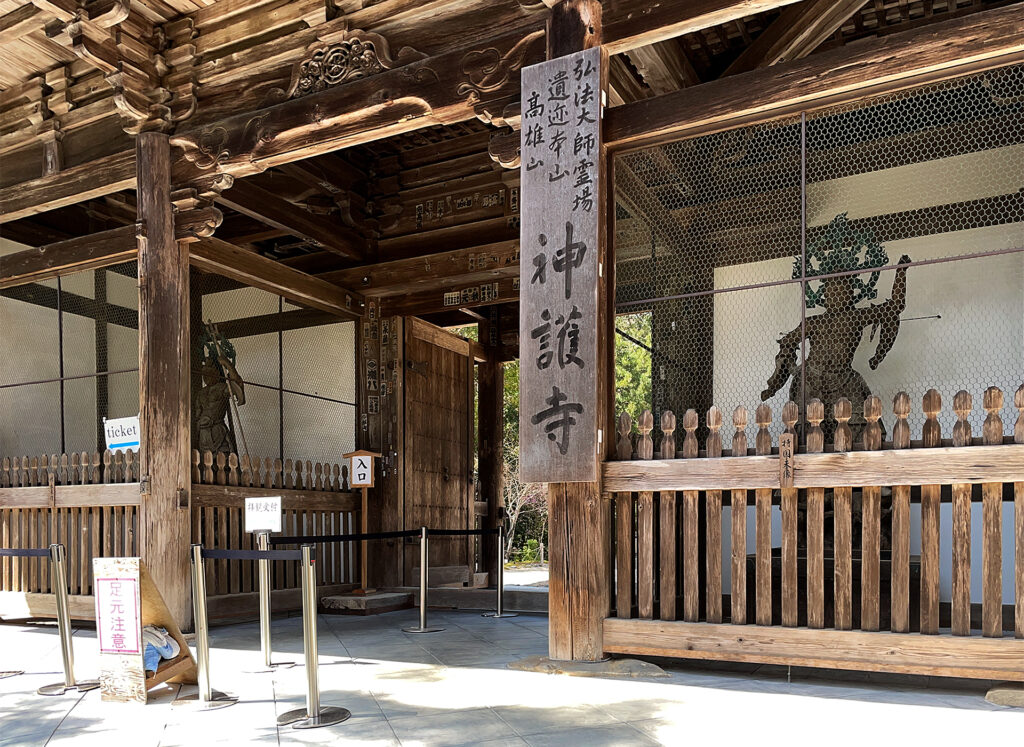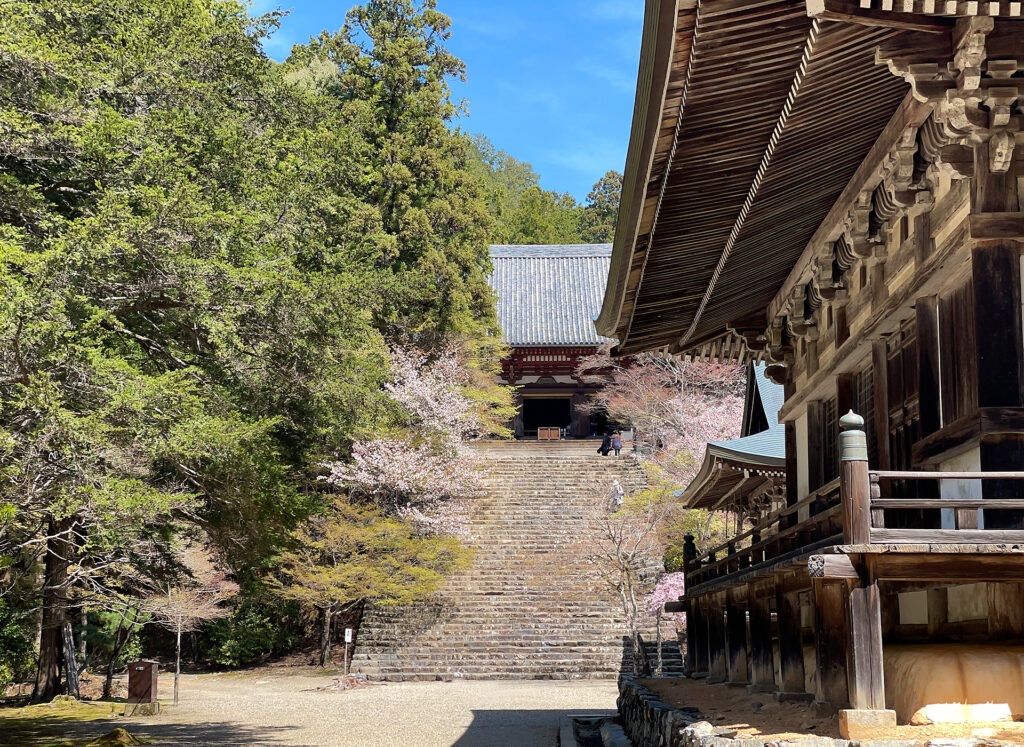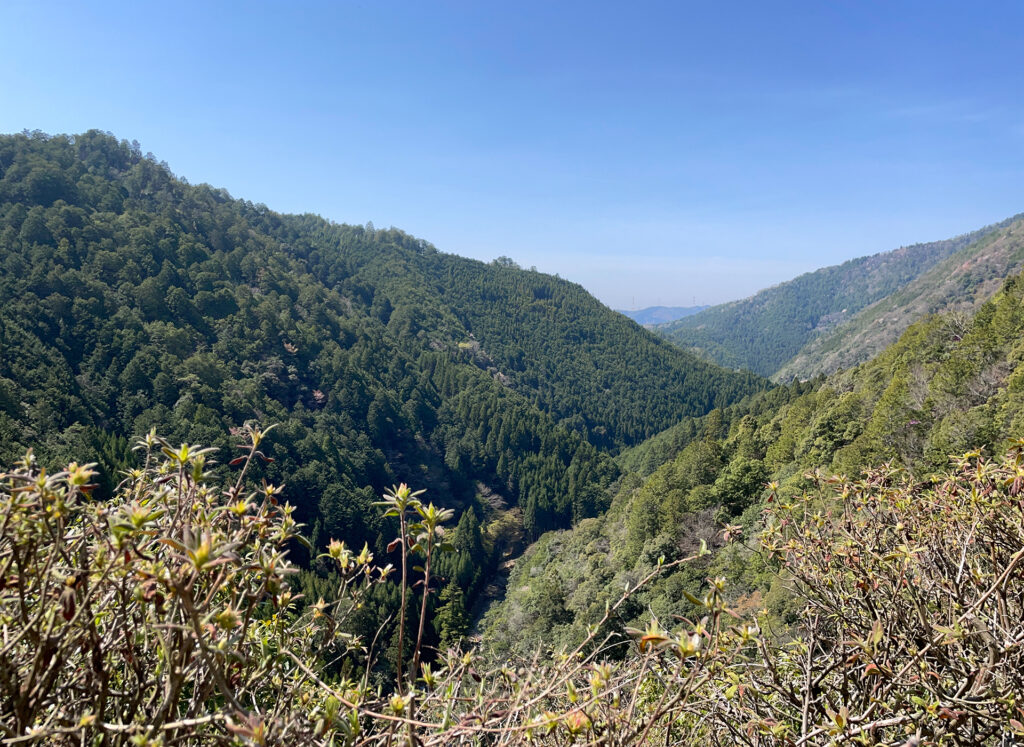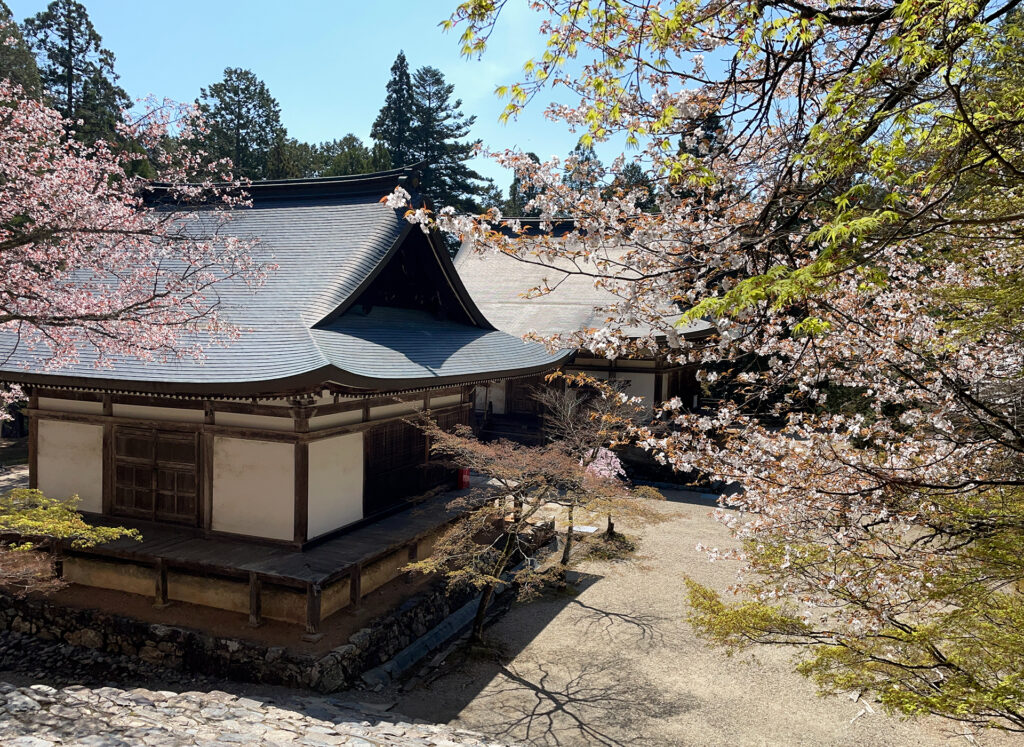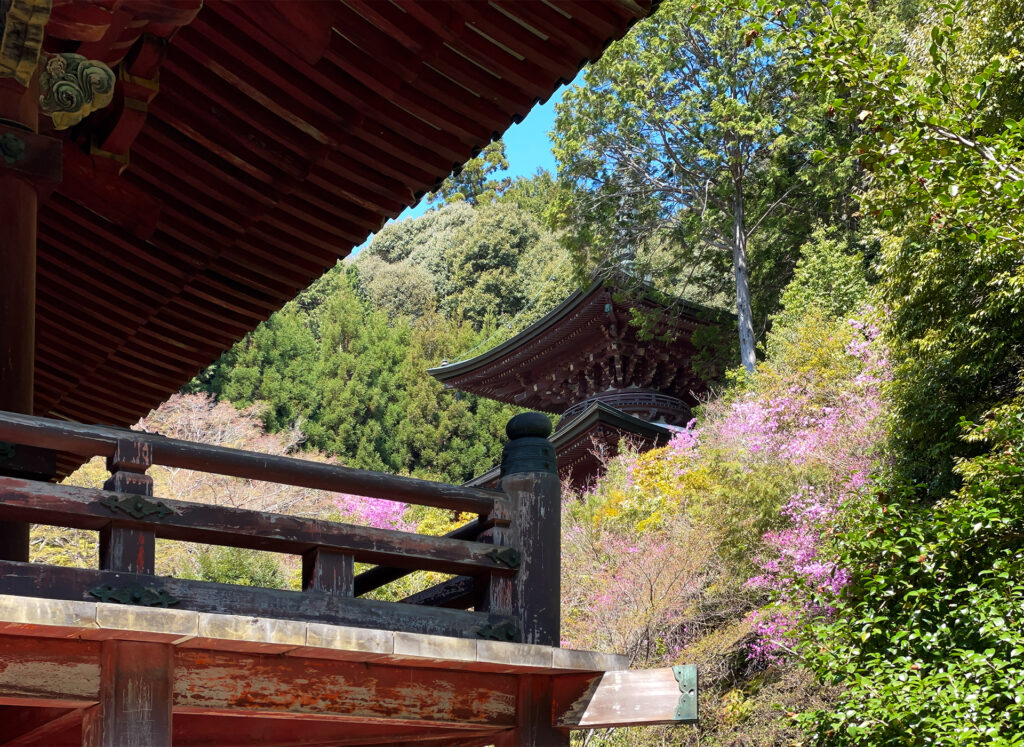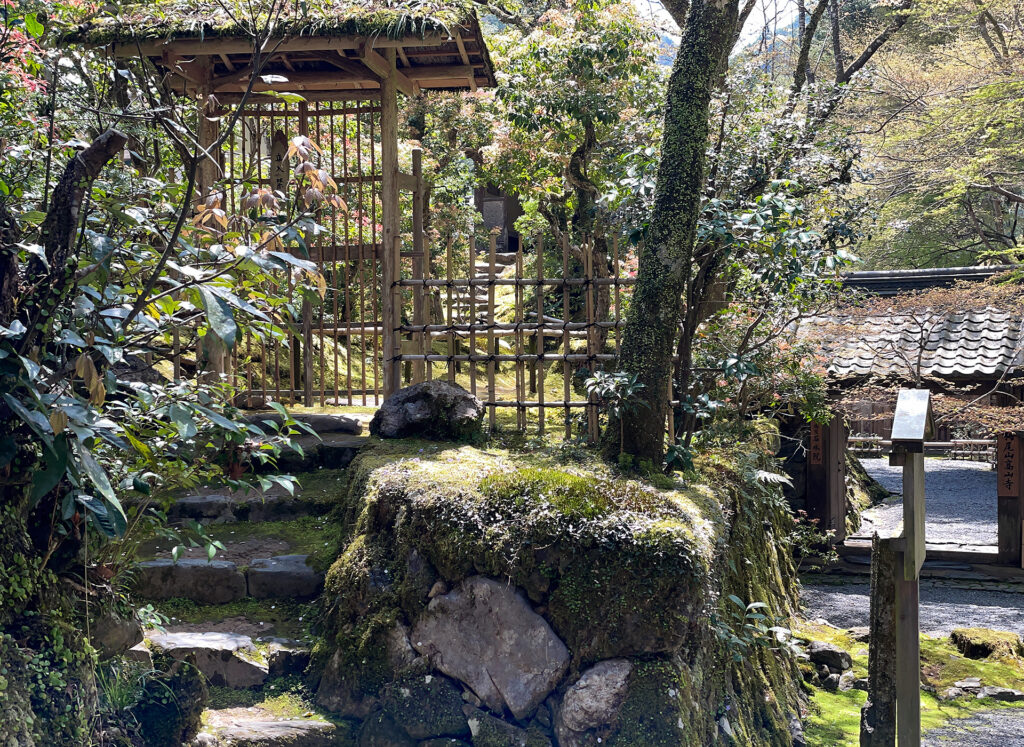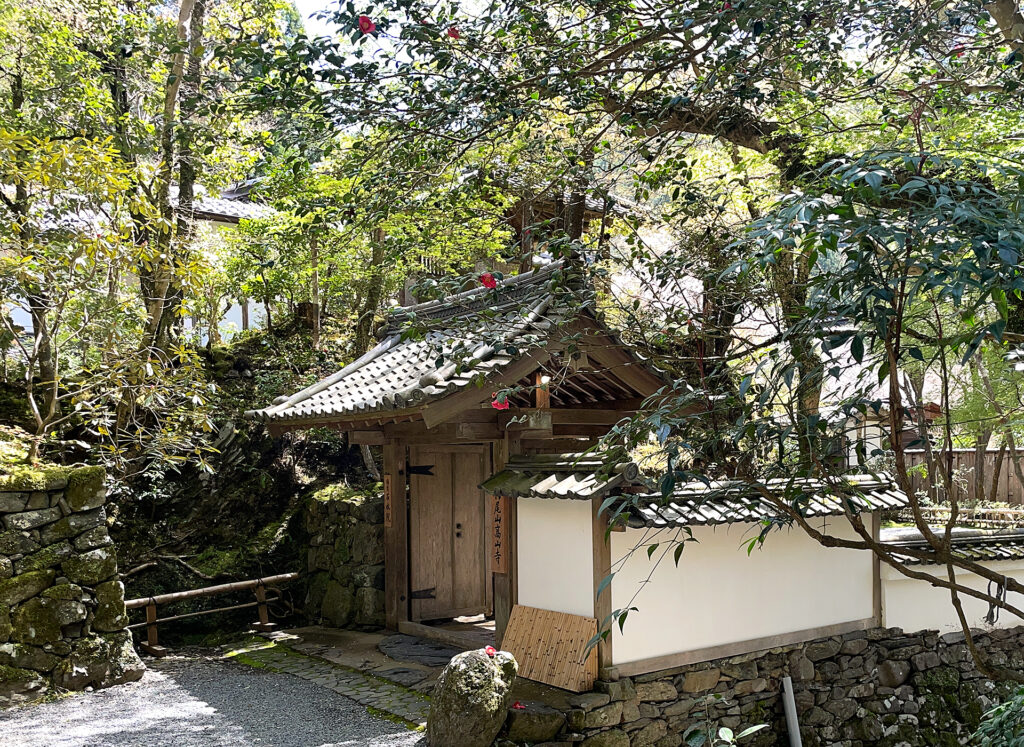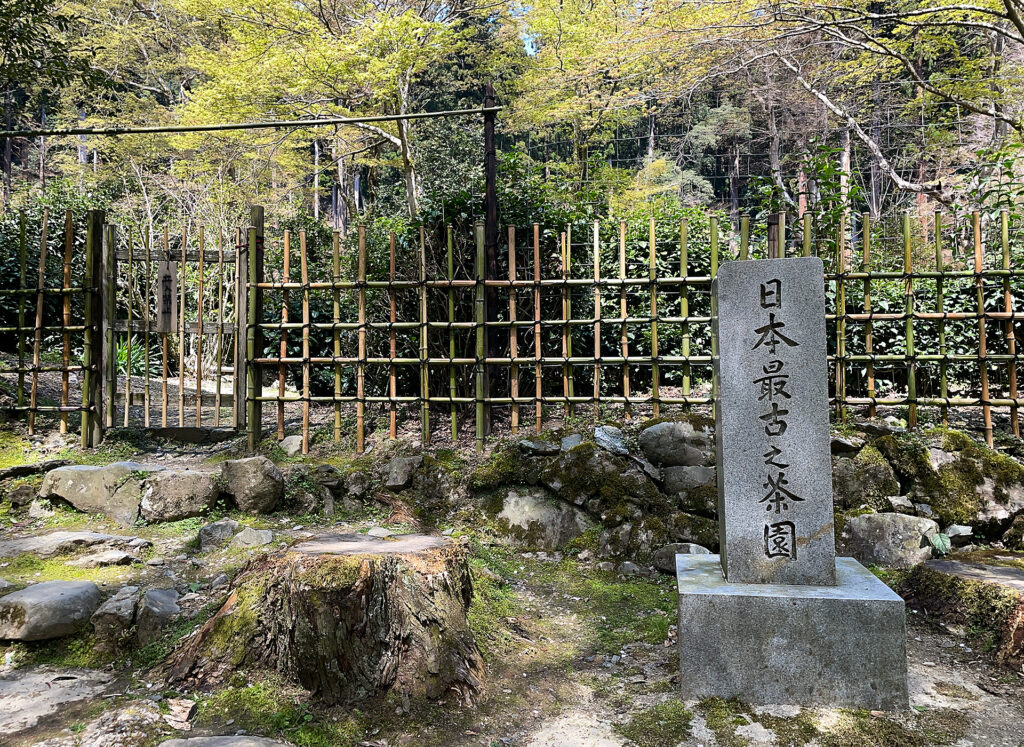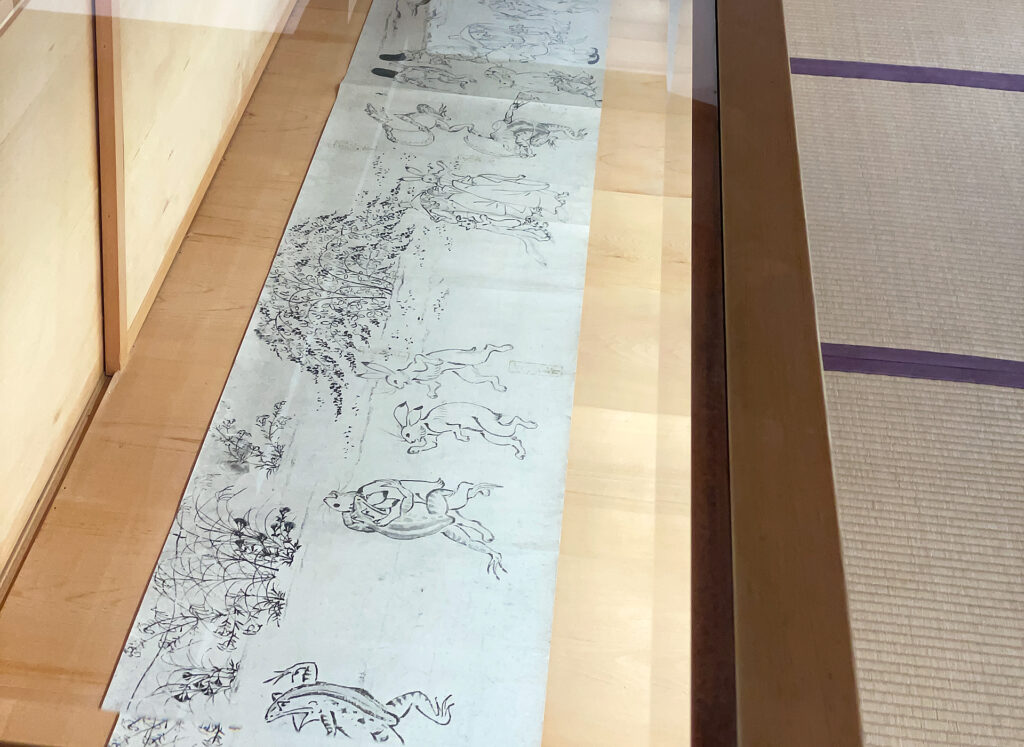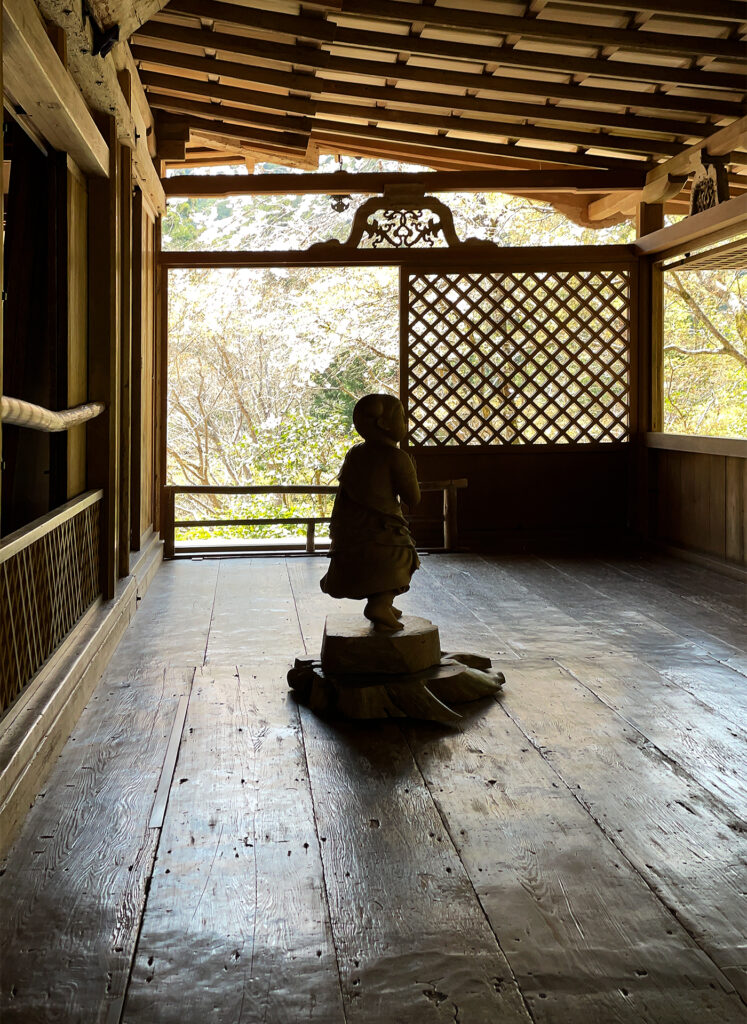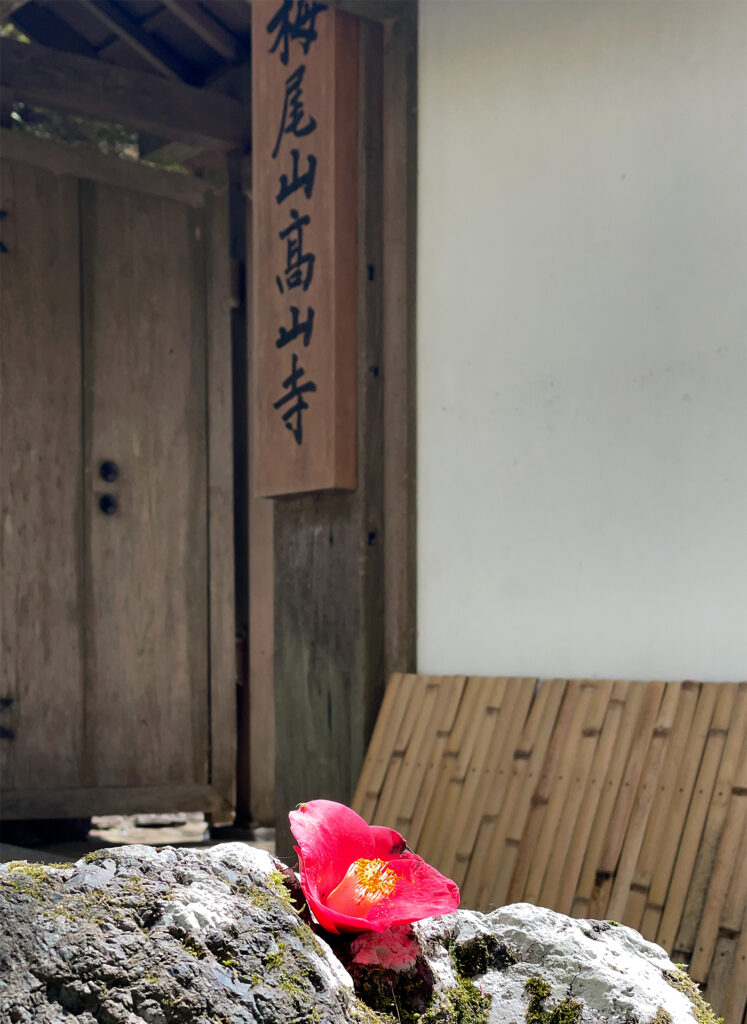
Kyoto, the heart of traditional Japan, offers countless attractions that captivate visitors from around the globe. While popular spots like Fushimi Inari Shrine and Kiyomizu-dera Temple are must-sees, venturing slightly off the beaten path can reveal hidden gems of unparalleled beauty. This blog post invites you on a tranquil journey to Takao and Toganoo1, two picturesque areas nestled in the mountains northwest of Kyoto, where you can immerse yourself in nature and explore ancient temples.
Why Takao and Toganoo?
Takao and Toganoo are renowned for their stunning natural scenery, particularly during the autumn foliage season when the mountains are ablaze with vibrant colors. However, this area boasts unique charms in every season:
- Spring: Fresh greenery emerges, and the mountain air is crisp and refreshing. You can enjoy the delicate beauty of cherry blossoms and other spring flowers.
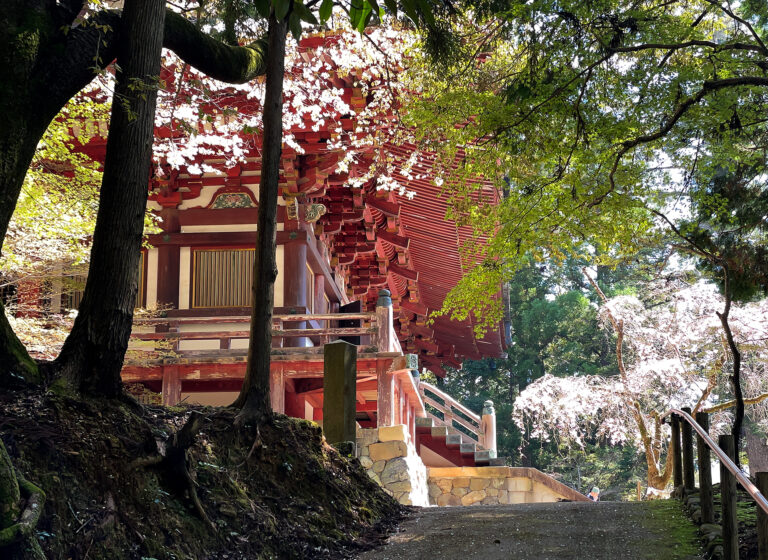
- Summer: The lush green foliage provides a calm and tranquil escape from the city’s heat. The clear streams and the shade of the trees offer a refreshing experience.
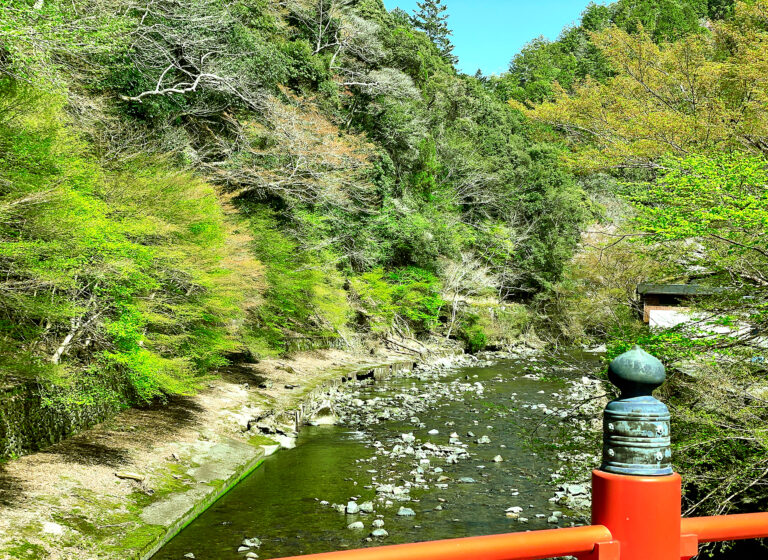
- Autumn: As mentioned, the mountains transform into a breathtaking tapestry of red, yellow, and orange hues, attracting visitors from far and wide.
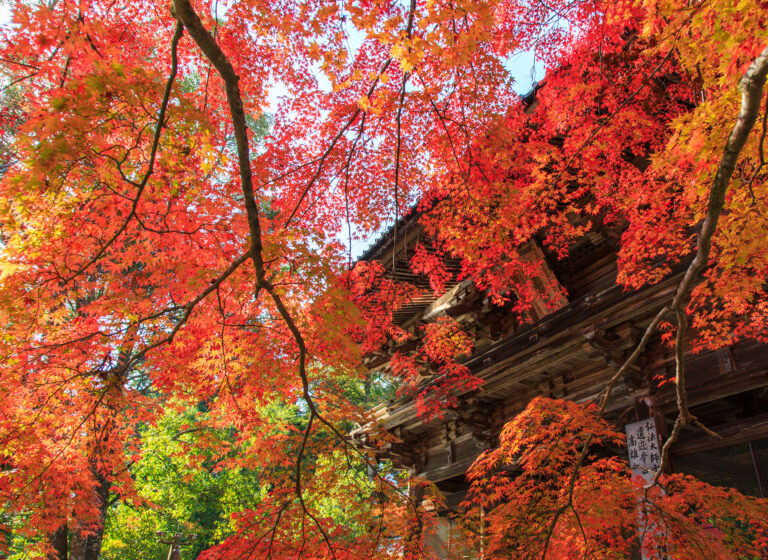
- Winter: A serene and mystical atmosphere envelops the area, with occasional snow creating a picturesque landscape. The temples exude a quiet dignity in the stillness of winter.

Must-Visit Spots:
Jingoji Temple (神護寺):
- Founded in 824, Jingoji Temple2 has a rich history as a significant center of Shingon Buddhism3. It was established by the monk Kukai (Kobo Daishi)4, one of the most important figures in Japanese religious history.
- The temple complex is nestled on a wooded hillside, offering stunning views of the surrounding valley. The main hall, Kondo, and the Daishido hall are impressive examples of traditional Japanese architecture.
- Jingoji is particularly famous for its “kawarake throwing” (瓦投げ), where visitors throw small, unglazed pottery discs from a cliff edge into the Kiyotaki River valley below. This is said to bring good luck and ward off evil.
- The temple’s treasure hall houses critical cultural properties, including Buddhist sculptures, paintings, and calligraphy, providing insights into the temple’s long and influential past.
Kosanji Temple (高山寺):
- A UNESCO World Heritage Site, Kosanji Temple5 was founded in the 8th century and later revived by the monk Myoe6 in the 13th century. It is known for its connection to the early development of tea cultivation in Japan.
- The temple grounds are beautifully landscaped, featuring a variety of gardens that blend seamlessly with the natural surroundings. The oldest tea field in Japan, which is said to have been planted by Myoe, can be found here.
- Kosanji is most famous for its “Choju-jinbutsu-giga” 7(鳥獣人物戯画, Scrolls of Frolicking Animals), a set of four picture scrolls depicting anthropomorphic animals engaged in various activities. These scrolls are a National Treasure and are considered one of Japan’s earliest examples of manga.
- The temple’s architecture and atmosphere reflect a harmonious blend of religious and cultural significance, offering visitors a glimpse into Japan’s artistic and spiritual heritage.
How to Get There:
- Link to Access to Takao
- Take the JR bus from Kyoto Station to Takao (approx.. 50 minutes).
- The temples are within walking distance of each other, allowing for a leisurely exploration of the area.
Tips for Your Visit:
- Wear comfortable shoes, as there are some slopes and stairs.
- Bring a jacket, as the mountain areas can be cooler than the city, especially outside of summer.
- Take your time, relax, and enjoy the peaceful atmosphere.
- Please check the temples’ official websites for the most up-to-date information on opening hours, admission fees, and special events.
Takao and Toganoo offer a unique glimpse into Kyoto’s natural beauty and rich history, regardless of the season. Whether you are seeking spiritual tranquility, cultural immersion, or a peaceful escape, this scenic area will surely leave a lasting impression.
